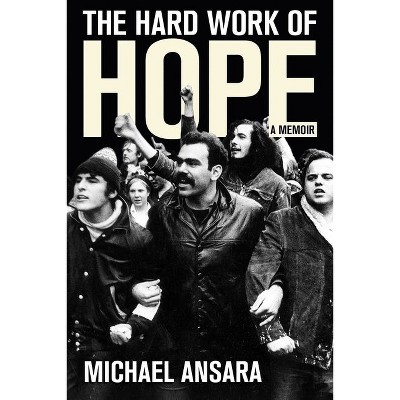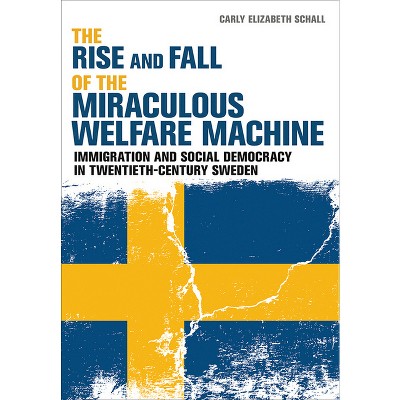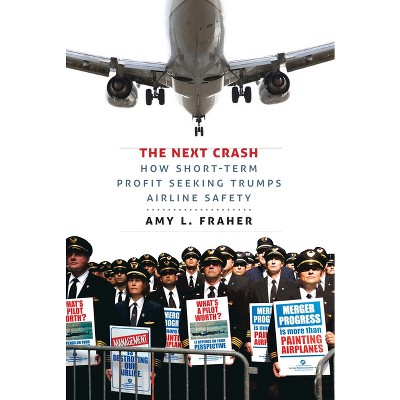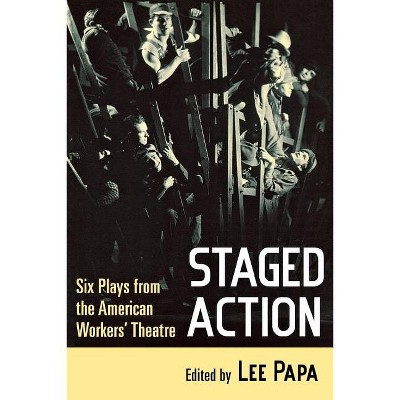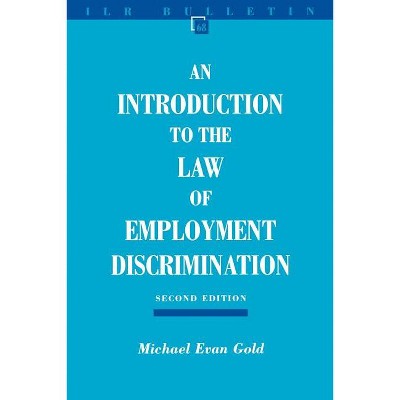Sponsored

Black Freedom Fighters in Steel - by Ruth Needleman (Paperback)
In Stock
Sponsored
About this item
Highlights
- Thousands of African Americans poured into northwest Indiana in the 1920s dreaming of decent-paying jobs and a life without Klansmen, chain gangs, and cotton.
- About the Author: Ruth Needleman is Professor of Labor Studies at Indiana University Northwest in Gary, where she created a special college degree program, known as Swingshift College, for steelworkers.
- 320 Pages
- Social Science, Ethnic Studies
Description
About the Book
Thousands of African Americans poured into northwest Indiana in the 1920s dreaming of decent-paying jobs and a life without Klansmen, chain gangs, and cotton. Black Freedom Fighters in Steel: The Struggle for Democratic Unionism by Ruth Needleman...
Book Synopsis
Thousands of African Americans poured into northwest Indiana in the 1920s dreaming of decent-paying jobs and a life without Klansmen, chain gangs, and cotton. Black Freedom Fighters in Steel: The Struggle for Democratic Unionism by Ruth Needleman adds a new dimension to the literature on race and labor. It tells the story of five men born in the South who migrated north for a chance to work the dirtiest and most dangerous jobs in the steel mills. Individually they fought for equality and justice; collectively they helped construct economic and union democracy in postwar America. George Kimbley, the oldest, grew up in Kentucky across the street from the family who had owned his parents. He fought with a French regiment in World War I and then settled in Gary, Indiana, in 1920 to work in steel. He joined the Steelworkers Organizing Committee and became the first African American member of its full-time staff in 1938. The youngest, Jonathan Comer, picked cotton on his father's land in Alabama, stood up to racism in the military during World War II, and became the first African American to be president of a basic steel local union. This is a book about the integration of unions, as well as about five remarkable individuals. It focuses on the decisive role of African American leaders in building interracial unionism. One chapter deals with the African American struggle for representation, highlighting the importance of independent black organization within the union. Needleman also presents a conversation among two pioneering steelworkers and current African American union leaders about the racial politics of union activism.
Review Quotes
As a source of material on fighting racism at work, or on union organizing in general, this book is extremely valuable.
--Diane Fieldes "The Journal of Industrial Relations"Ruth Needleman's examination of black steelworkers in the Calumet region... stylistically forges new ground and may prod many to adopt her method of retelling history. Needleman presents a clear sense of the opportunities that were and were not available to black workers, of the role that blacks played in building the union, and of the ideological and strategic differences that existed between union men.
--Peter B. Levy, York College "Journal of American History"About the Author
Ruth Needleman is Professor of Labor Studies at Indiana University Northwest in Gary, where she created a special college degree program, known as Swingshift College, for steelworkers.
Shipping details
Return details
Trending Non-Fiction







